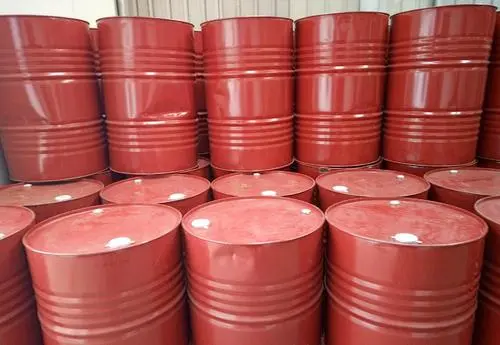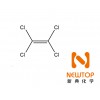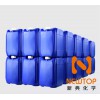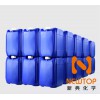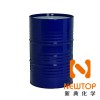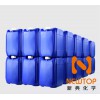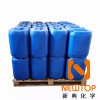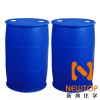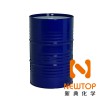Our company faces the country for a long period of time and recycles various overstocked chemical raw materials, chemical additives, dyes, pigments, resins, paints, inks, rubber, paraffin, flavors, curing agents, emulsifiers, polyvinyl alcohol printing paint colors. Pulp, polyether polyol, isocyanate, MDI, TDI, leather additives, plastic additives and raw materials, rubber additives and raw materials, coating additives and raw materials, electroplating additives and raw materials, daily chemical raw materials, thermoplastic elastomers, Masterbatch.
4Considering the adaptability of process conditions
Cryptocrystalline graphite is also called microcrystalline graphite or earthy graphite. The crystal diameter of this kind of graphite is generally less than 1 micron, and the specific surface area is concentrated in the range of 1-5m/g. It is microcrystalline graphite The crystal form can only be seen under an electron microscope. This type of graphite is characterized by its earthy surface, gloss, and performance slightly worse than flake graphite. Higher grade. Generally 60-85%, a few as high as 90%. Generally used in the foundry industry. With the development of graphite purification technology, earthy graphite has become more and more widely used.
Recovery of copolyformaldehyde, paraformaldehyde, surfactants, sodium alginate, organic bentonite, petrolatum, sodium lauryl sulfate, cellulose, vanillin, menthol, urotropine, melamine, disodium EDTA, four Sodium, whey protein, lanolin, polyvinylpyrrolidone, myristic acid, sebacic acid, trimethylolpropane, powder, fumed white carbon black, oleic acid amide, erucic acid amide, polyacrylamide, acrylamide, Caprolactam, maleic anhydride, phthalic anhydride, hydroquinone, resorcinol, catechol, trimellitic anhydride, succinic anhydride, pentaerythritol, neopentyl glycol, polyethylene glycol, photoinitiator, methyl paraben Ester propyl butyl ester, decabromodiphenyl ethane
Direct dyes account for the majority of banned dyes. Therefore, in recent years, environmentally friendly direct dyes have become the focus of new varieties in the dye industry. The specific direct dyes are as follows: used in the manufacture of Turkish red oil, soap, plastic, oil, etc.; used in the production of daily cosmetics, shoe polish, ointment, and used as a raw material for the preparation of 12-base stearic acid; Production of sebacic acid, cold-resistant plasticizers, oils, spices, penetrants, emulsifiers for textile industry, etc.; used to make laxatives and zinc preparations, etc.; leather fatliquors. Preparation of sulfated castor oil. Extender and brightener for leather finishing. ; Used in the manufacture of plasticizers, dibasic acids, polyurethane coatings, rubber, adhesives, fatty acids, surfactants, insulating oils, hydraulic oils, oils, Turkish red oil, soaps, polyamide-11 fibers, etc. Castor oil is dehydrated to obtain a dry oil with conjugated double bonds. Hydrogenation can get a variety of products under different conditions, so it is widely used in various industrial sectors. Castor oil is a sex laxative. It mainly acts on the small intestine and is used for catharsis. Anti-sticking agent; release agent; carrier solvent; protective coating. Recycling of sodium benzoate, thiourea, hot melt adhesive, guar gum, xanthan gum, carrageenan, pectin, malic acid, bisphenol A, caustic soda, flat O, styrene acrylic emulsion, acrylic emulsion, tannic acid, H acid, coconut oil, lauric acid soap, lauric acid, fumaric acid, salicylic acid, tartaric acid, mannitol, citric acid, xylitol, stearyl alcohol, fatty alcohol, adipic acid, stearic acid, fatty acid , Oxalic acid, boric acid, Tween Span, leveling agent, defoaming agent, dispersing wetting agent, etc. Door-to-door cash transaction, unlimited quantity, intermediary paid, welcome friends from all walks of life to call

The light-curing resin is composed of monomer and oligomer, and contains active functional groups, which can be triggered by a light initiator under ultraviolet light to generate an insoluble coating film, bisphenol A type Epoxy ester has the characteristics of fast curing speed, good chemical solvent resistance of the coating film, and high hardness. Polyurethane ester has the characteristics of good flexibility and wear resistance. Light-curing composite resin is a commonly used filling and restorative material in dentistry. Because of its beautiful color and certain compressive strength, it plays an important role in clinical applications. We use it for various defects and cavities of anterior teeth. The repair has achieved satisfactory results. If not specified, the thermal agent refers exclusively to polychlorine and chlorine copolymer processing plants.
The company recycles thousands of chemical products. Our company promises to recycle them quickly, at a reasonable price, and with professional, safe and environmentally friendly methods. Welcome your calls and sincerely look forward to cooperating with you!

